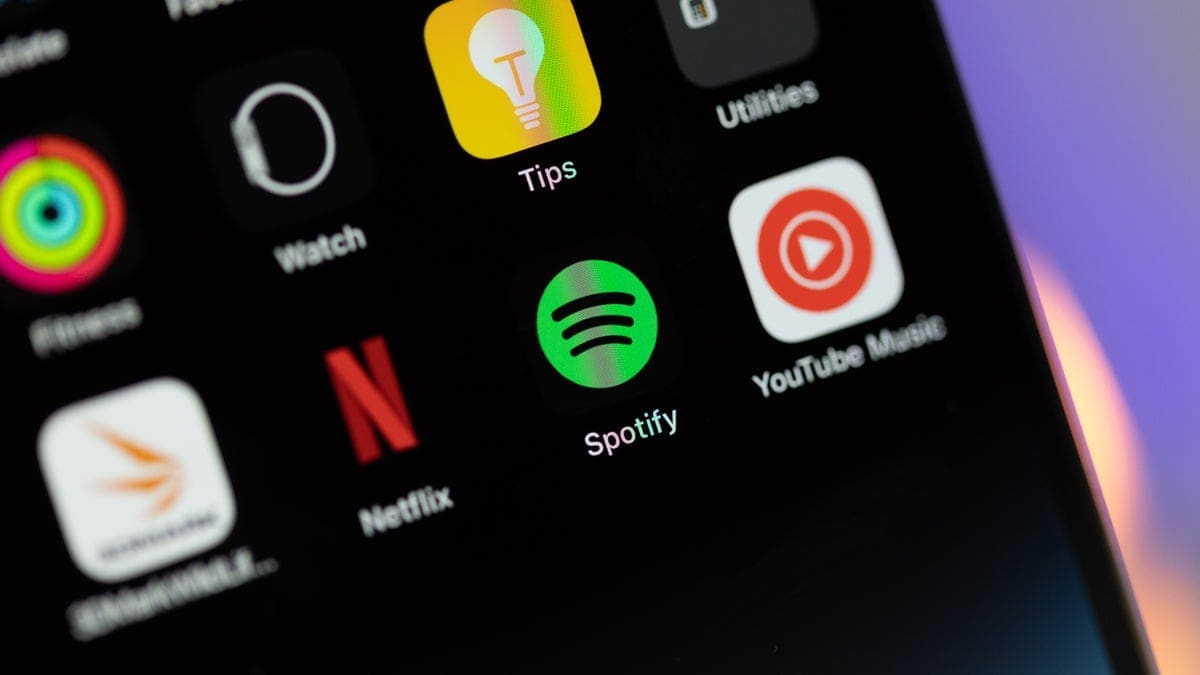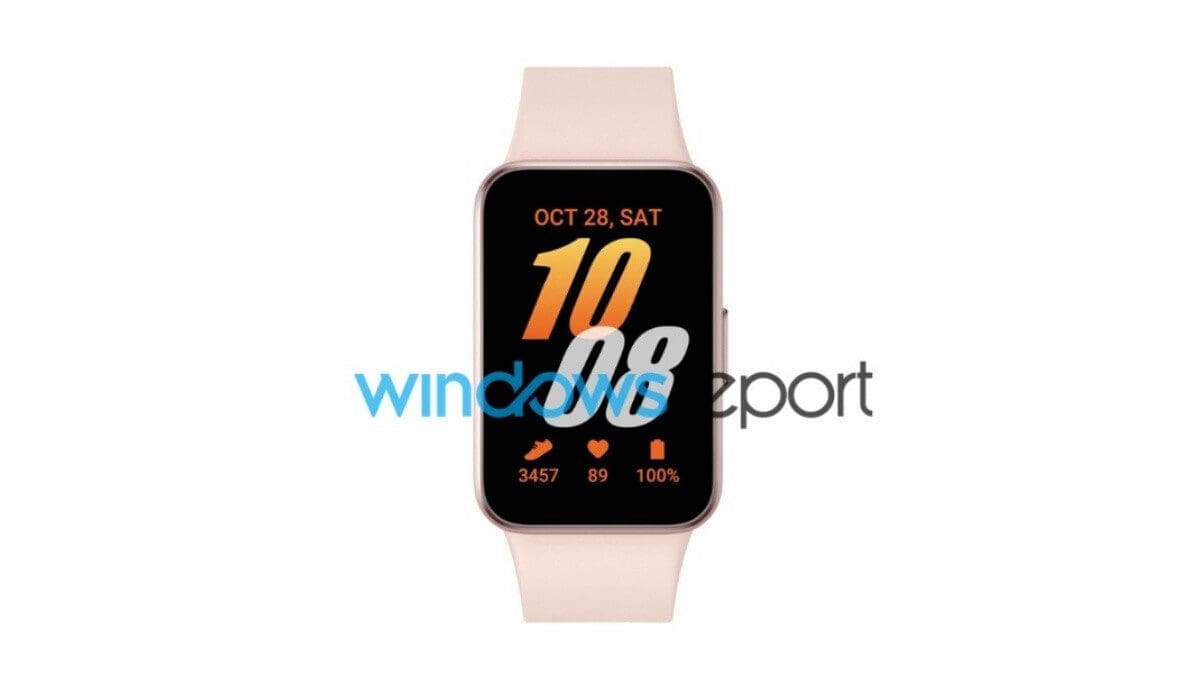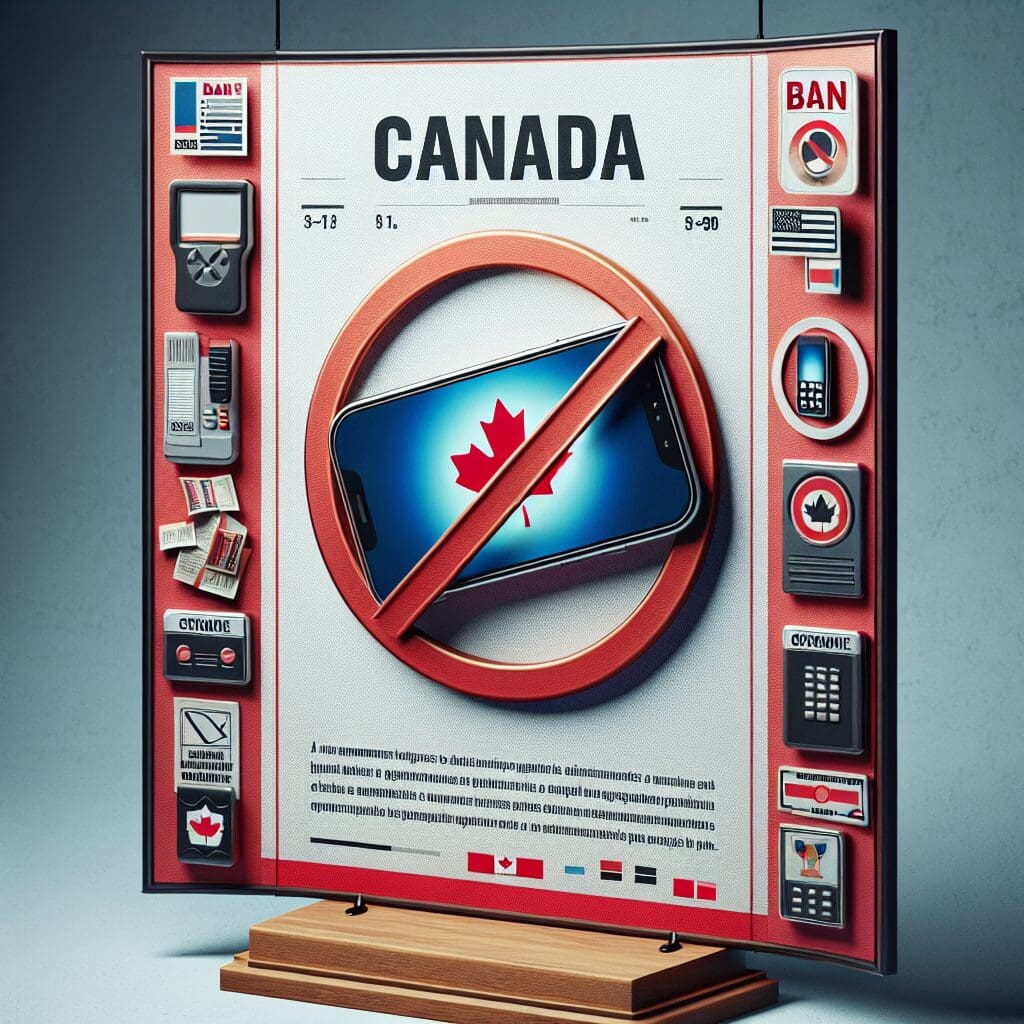Determining the right amount of mobile data for your needs can be a bit tricky. The average Canadian mobile customer uses less than 6GB of data each month, but the amount you need will depend on your most frequently used apps and activities. Here’s a breakdown of different data needs:
– Infrequent users: If you only use your phone occasionally for email or social media posts, you can get by with 2-3GB of data per month.
– Power users: If you’re always connected and constantly sending messages or watching videos, you may want to consider plans with 10GB or more of data. Unlimited usage plans are also a great option to avoid overage fees.
Calculating your data needs can be helpful in determining whether you should switch plans. Keep in mind that whenever you open an app, refresh your browser, or send an email, your phone uses data. The data usage for each action depends on various factors, such as the type of app or the size of the files you’re sending. Using your phone as a hotspot for other devices also contributes to your data usage.
Here’s an estimate of how much data some common activities use per hour:
– Online gaming: 3MB (Mild risk)
– Podcasts: Approx. 60MB (Low risk)
– Web browsing: Approx. 60MB (Low risk)
– Facebook: Approx. 80MB (Low risk)
– FaceTime: Approx. 85MB (Low risk)
– Music streaming: Up to 150MB (Mild risk)
– Snapchat: Approx. 160MB (Mild risk)
– Facebook video: Approx. 160MB (Mild risk)
– YouTube: Approx. 300MB (Mild risk)
– Netflix: From 250MB (High risk)
– Lossless music streaming: Approx. 640MB (High risk)
– Instagram: Approx. 720MB (High risk)
– TikTok: Approx. 840MB (High risk)
If you’re in need of a plan that offers a good amount of data at a reasonable price, we recommend Fido’s $45 Data, Talk & Text Plan, which provides 40GB of 4G LTE data on Rogers’ nationwide network. For those looking for even more data, Telus’ Essential 60 5G Plan offers 60GB of 5G data for just $65/month, making it one of the best cell phone plans in Canada.
It’s important to note that not all activities use cellular data. Texting, calling, and some games or apps may not use data from your allotment. However, you’ll need service on your carrier’s network for these activities.
To accurately determine how much data you need, review your app usage history on your phone. This will give you an idea of how much data each app consumes. It’s also crucial to be mindful of video streaming apps like Netflix, Disney+, and Apple TV, as they can use a significant amount of data, especially when streaming at higher video quality settings.
If you’re considering a family plan, it’s best to choose a plan with 5-10GB of data available for each person. This will provide enough room for everyone’s usage and prevent you from paying for more data than needed. For example, Bell’s Unlimited Share Family Plan offers 70GB of shareable data across four lines.
While mobile data connects your phone to the internet when you’re away from Wi-Fi, using Wi-Fi instead of mobile data is generally recommended. Wi-Fi networks, especially at home, typically offer unlimited usage at full speeds. In contrast, mobile data speeds can slow down once you reach your full-speed data cap. However, when using public Wi-Fi networks, it’s important to be cautious as they may not always be secure. Using a virtual private network (VPN) can add an extra layer of security to protect your personal information.
Unlimited data plans provide peace of mind as you don’t have to worry about overage fees. However, keep in mind that once you reach the data limit on an unlimited plan, speeds may throttle to slower rates. Many unlimited plans include 10GB or more of full-speed data. For example, Telus’ Unlimited 120 5G+ offers 120GB of full-speed 5G data.
If you’re in need of data-only plans, some carriers offer affordable options like SaskTel’s Data 5 package. These plans are great for tablets, smartwatches, or other devices that require a SIM card and don’t require extensive data.
Remember to review your data needs and usage history to choose the most suitable plan for you.










